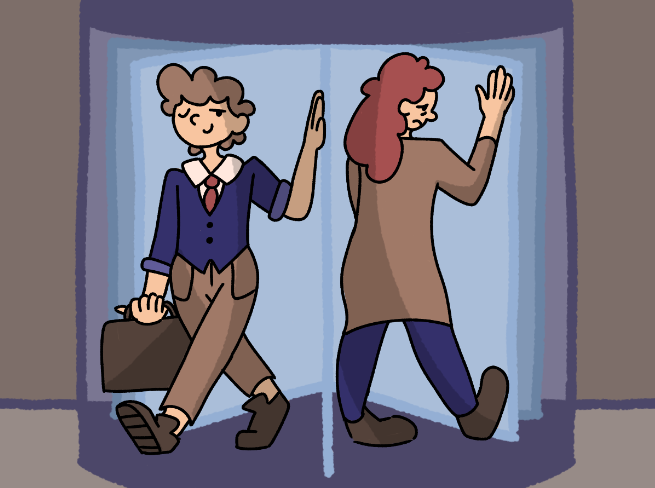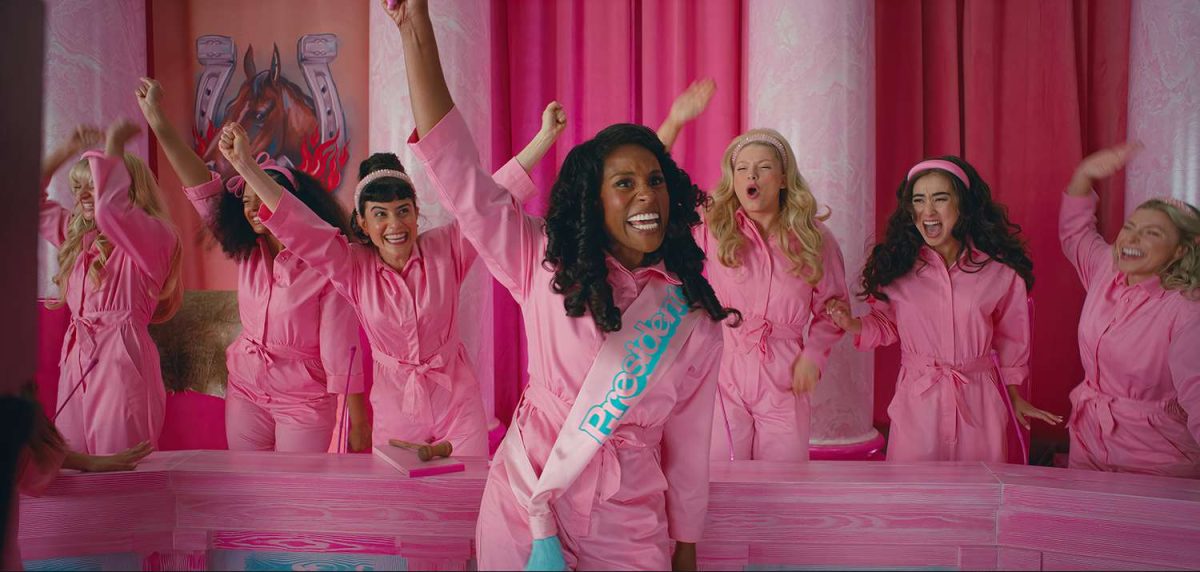My fingers traced a grin on my face. Smile. My forefinger rotated in a circle by my head. Wonder.
I was silently talking — communicating with sign language. I first saw sign language at a rock concert on New Year’s Eve. Neither a frequent concert goer nor a rock enthusiast, I was planning to leave as soon as I could.
When the music started, I winced, trying to think of an excuse so I could leave. I glanced around the room in desperation, and my eyes fell upon a lady standing by the stage.
Her dark clothing and posture made it clear that she was trying to be inconspicuous, so her standing there wasn’t what caught my attention. Instead her hands captivated me.
I stared, enchanted, as she translated the rock music into beautiful hand movements. She was signing too fast for me to try guessing which actions meant which words, but it didn’t matter. The loveliness of the language fascinated me, and I left the concert with a New Year’s resolution — I wanted to learn sign language for myself.
I began the very next day. Using online dictionaries and YouTube videos, I learned dozens of words, always eager for more. Quickly closing my fingers showed capture. The thumb and index finger flicking out by the eye meant amazement. Touching the forehead and then pulling my finger away in a wiggling fashion indicated dream.
To help remember vocabulary better, I learned the signs to different songs. Although I was not using the grammar of American Sign Language — I was using English grammar instead, as many people do when they sign to songs — it was fun to practice using music I loved.
The emotions I felt, however, went past enjoyment. My initial fascination with sign language was not how people wove together stunning hand movements; it was how they actually sung with their whole bodies, conveying not just the meaning of the word, but also the emotion of the music and how it made people feel.
At the rock concert, the translator could have been sitting down, tediously interpreting the words perfectly into sign language. Instead she was standing, bouncing in time to the music and changing her body language and facial expression to fit the various, different tones of the music. Instead of just signing the surface meaning, she captured the emotion behind each phrase.
As I practiced more and more with sign language, I slowly imitated this talent of signers. Instead of just signing excited — moving the middle fingers alternately up the chest — I stood up straighter and opened my eyes wide, pairing this with a smile while I made the sign.
Digging for a deeper meaning, however, extended beyond this new language. Although I’ve always been the sort of person to “judge a book by its cover,” I began attempting to look past the surface meaning and into the deeper meaning in all aspects of my life, not just with sign language.
When my grumpy substitute teacher snapped at a student, I wondered if he was just having a bad day instead of automatically declaring him a mean-tempered person. When my friend showed up to lunch silent, I wondered if she was tired rather than assuming she was angry at me.
Using the mindset I learned from sign language, I looked past the surface to uncover the core of various situations instead of assuming things just from their appearances.
Learning this new language has not only given me a means to attempt a conversation with a deaf person, but it has also helped me become more open-minded. For that reason, when someone asks me my favorite sign, I use my thumb and forefinger and mime picking an object up — discovery.
By Kirsten Buchanan
















































































grace • Mar 3, 2012 at 12:17 am
I just start to learn ASL recently, I am hard of hearing. I can sign some simple words now. I joined a great deaf dating site, deafmatching,com, and met some good deaf/HOH friends over there. They help me to learn ASL.